U.S. District Judge Claudia Wilken delivered another game-changer for college sports by granting final approval to the 10-year settlement between the NCAA, power conferences and current and former Division I athletes represented by the House, Carter and Hubbard antitrust litigations.
Sportico answers the key questions about the settlement and the unresolved legal and business issues moving forward.
1) In brief, what does the House settlement do?
The settlement converts intercollegiate athletics into a system that’s much closer to professional sports.
The settlement will pay out $2.8 billion in damages over a 10-year period to qualified D-I athletes who played at some point from 2016. It will compensate them for lost NIL, video game and broadcasting opportunities resulting from past NCAA eligibility rules.
The settlement also allows participating colleges to directly pay athletes a share of up to 22% of the average power conference athletic media, ticket and sponsorship revenue, with $20.5 million expected as the initial annual cap. Those payments will be in addition to athletic scholarships, which cover tuition, housing, health resources and other benefits, as well as NIL deals athletes sign with third parties.
The settlement also ends caps on the number of athletic scholarships a school can provide while adding roster limits.
Further, the settlement calls for neutral review of NIL deals that are worth more than $600. NIL Go, an entity led by Deloitte in partnership with the new College Sports Commission, will review deals to ensure they reflect fair market value.
2) Do colleges now have to share revenue with their athletes?
No, and most won’t. Colleges now have the choice to opt into a system where revenue is shared with athletes. Colleges in power conferences will do so, but most schools won’t. For example, the Ivy League, whose schools do not offer athletic scholarships, has announced it is not opting in and will maintain a more traditional view of athletes as amateurs.
3) Do colleges that opt in have to share $20.5 million with athletes?
No. The $20.5 million is a cap, not a floor. Some schools will share less. Schools that opt in will perceive it as necessary to remain competitive against rival schools for recruitment of athletes. But if rivals are sharing closer to $5 million than $20 million, expect to see similar amounts of sharing by other schools.
4) Are future athletes bound by this 10-year settlement?
Only if they agree to be bound as part of their matriculation into college. If they refuse, they could forgo the settlement’s benefits and bring their own lawsuits. The NCAA is banking on athletes seeing the settlement as favorable for the years they’ll spend in college. These athletes can land full athletic scholarships, NIL deals and potentially lucrative shares of revenue. While theoretically these athletes might negotiate more money in a freer market, whether they’d want to spend their college years in court in hopes of making that happen is another matter.
5) Could colleges sharing more revenue with male athletes than female athletes violate Title IX?
Yes. A distribution of funds that pays male athletes more could violate Title IX. To the extent those distributions count as athletic financial assistance within the meaning of Title IX, unequal sharing would prove problematic for some schools (there are different tests for Title IX compliance). There are counterarguments, including that revenue-sharing is based on the use of the athletes’ right of publicity, which is ordinarily tied to the athlete’s unique identity, and thus arguably outside the scope of Title IX. There will no doubt be litigation on this topic.
6) But didn’t President Trump rescind President Biden’s proclamation on Title IX and revenue sharing?
President Trump rescinded an agency factsheet, which is a non-binding document and not a law, issued by the Department of Education in the waning days of President Biden’s presidency. It appears the Trump administration does not view revenue-sharing as within the scope of Title IX, which suggests the Department of Justice will not take steps to stop it. However, regardless of the Justice Department’s disposition, athletes can bring Title IX lawsuits against schools through a private right of action. This matter will be resolved in the courts.
7) Does the House Settlement end NIL collectives?
No, but it will transform their roles. Collectives have operated as booster groups that are separate from the school but aligned with athletic department objectives, such as pursuit of coveted recruits. NIL collectives have been criticized for offering athletes what are termed “NIL deals” but are essentially pay-for-play arrangements. With colleges now able to pay players directly, collectives will likely shift to marketing and booster activities on behalf of athletes. Collectives can still strike NIL deals with athletes, but deals that exceed $600 will be subject to review by NIL Go to ensure they reflect fair market value.
8) Won’t review of NIL deals chill the NIL market?
It might, but it depends on what one means by NIL. NIL stems from the right of publicity, a right provided by states that protects the commercial qualities of individuals—including their name, image and likeness but also their voice, signature and anything that makes them unique. College athletes had rights to those commercial qualities long before NIL became a thing. But until 2021, NCAA eligibility rules denied athletes’ use of NIL as a condition of eligibility. Some athletes have signed what are reported as NIL deals but are better understood as pay-for-play arrangements, since they are payments conditioned on an athlete attending and staying at a school. NCAA rules forbid pay-for-play. If review of NIL deals means athletes sign deals that reflect their NIL and not going to a college, that would better align NIL deals with an individual’s actual NIL rights.
9) Won’t athletes sue when their NIL deals are rejected?
The House settlement’s design of NIL review includes an arbitration provision. This has not received much attention but is very important. As Sportico detailed, athletes whose NIL deals are rejected will first need to arbitrate before they can litigate. Arbitration is conducted in private, and federal law obligates judges to give great deference to arbitration awards. So, athletes can sue, but it will be much harder than it’s been with athlete antitrust litigation. Some plaintiffs’ attorneys who view NIL lawsuits as attractive in terms of potential money and media attention will be deterred by the prospect of overcoming arbitration.
10) Where will colleges come up with $20.5 million when many say they need money?
That’s the 20.5-million-dollar question. Colleges are facing numerous headwinds these days. There’s the enrollment cliff, where the college-age population in the U.S. will drop in the ballpark of 10% to 15% from 2025 to 2029. There’s the Trump administration’s hostility toward international students, who often pay full tuition. And there’s the cutting of government grants. All of these factors are occurring as some colleges will elect to share revenue with athletes. Don’t be surprised if colleges increase student fees as a way of generating more revenue. Also, expect some schools to restructure. On the athletics side, expect some schools to cut the number of varsity teams and replace them with club teams.
11) Could private equity be the solution to these problems?
Private equity can provide colleges with financial assistance, but the question is, what does PE want? PE is about making returns on investment, and in college athletics, that return might consist of a share of media rights, ticket sales or other perennial revenue streams. Unsettled questions remain about whether PE could gain control over school operations, such as whether to fire a coach and which athletes to recruit. Universities have numerous rules related to governance, with faculty often having an important stake and students having rights and duties as expressed in handbooks. The more control PE gains over a university, the more likely it will trigger disagreements with constituencies on campus.
12) How does the House settlement impact whether college athletes are employees?
In a direct sense, the settlement has no impact on whether college athletes are employees. The settlement merely resolves antitrust claims with a framework that Wilken approved. The classification of college athletes will need to emerge through separate legal action under labor and employment laws.
That said, colleges paying athletes through revenue-sharing resembles compensation traditionally found in an employment relationship. Colleges already exert employment-like control over college athletes, including their course work and schedule, and that control might rise in the new pay model. Attorneys who advocate for the recognition of college athletes as employees will likely point to these factors as evidence of employment.
There is ongoing litigation, Johnson v. NCAA, before a federal district court in Pennsylvania. In Johnson, D-I athletes argue they are employees within the meaning of the Fair Labor Standards Act, which would guarantee them minimum wage and overtime pay and treatment similar to that of work-study students. Although petitions involving Dartmouth College men’s basketball and USC football and basketball players for recognition of employment within the meaning of the National Labor Relations Act (NLRA) were withdrawn following Trump’s election, athletes at a public university could file a petition under their state’s labor laws that they are employees. The NLRA governs employment questions at private colleges, whereas state colleges are governed by state laws.
13) Does the House settlement make it impossible for athletes to sue the NCAA on antitrust grounds?
No. The settlement covers the issues raised by the cases. It does not, for instance, cover whether NCAA rules can cap the athletics eligibility of athletes who would otherwise have a chance to continue with a school as a grad student and earn NIL money. Also, athletes who opted out of the settlement preserved their antitrust claims. An ongoing case, Hill v. NCAA, involves opt-outs and raises the same basic claims addressed in the settlement.
14) So there is no way the NCAA can escape antitrust scrutiny?
If the NCAA wants immunity from antitrust claims, it will need the athletes to be recognized as employees, allowing them to unionize and collectively bargain. The union could then negotiate a CBA with the NCAA and other college actors. Terms in a CBA that primarily relate to wages, hours and other working conditions would be exempt from antitrust scrutiny through the non-statutory labor exemption (which reflects a series of U.S. Supreme Court decisions). But all of that is a nonstarter: The NCAA, conferences and colleges firmly oppose the recognition of college athletes as employees.
15) Will Congress save the day and pass federal college sports legislation?
Like Bill Murray in the movie Groundhog Day, bills that intend to reform college sports in some way—such as a federal NIL framework, a declaration that college athletes aren’t employees, or the granting of NCAA antitrust immunity—keep resurfacing. Every Congress since the late 2010s has had at least one bill introduced, and they more or less follow the same script—media attention and provocative social media posts, and then a failure to advance in the legislative process.
Perhaps this time around, with the House settlement complete, there will be more traction, since protecting the new world from litigation could be spun as protecting benefits for athletes. But Congress is tightly divided, and budget issues will dominate members’ attention for this summer and perhaps beyond. Also, as campaign season for the 2026 midterms approach, moving legislation will become even more difficult. Banking on Congress to solve problems is rarely a great bet, and it doesn’t seem to be here.
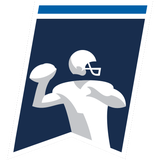

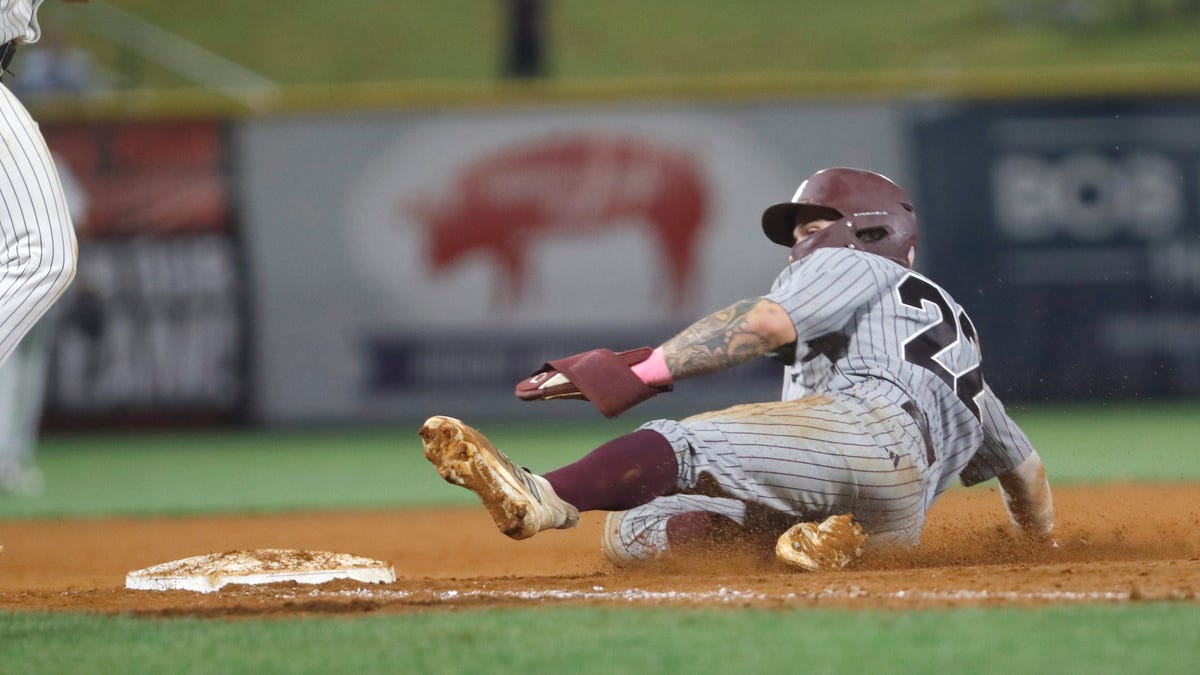


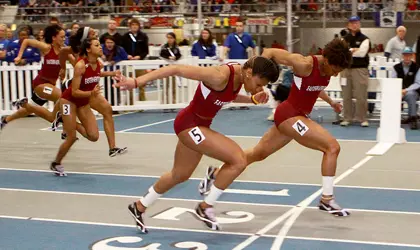


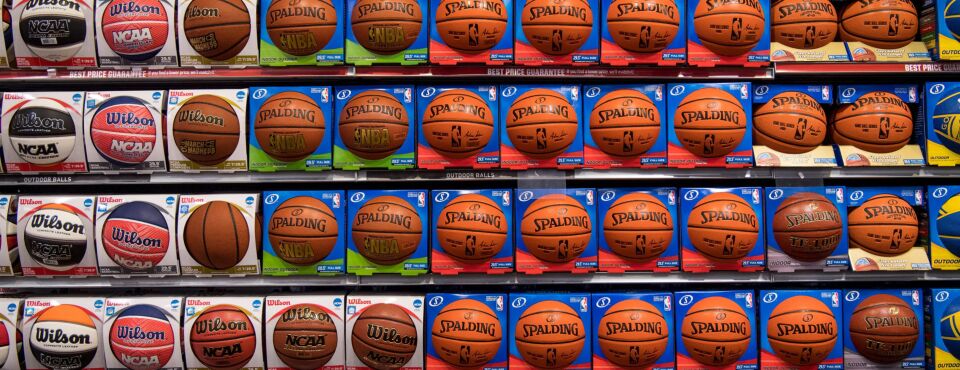
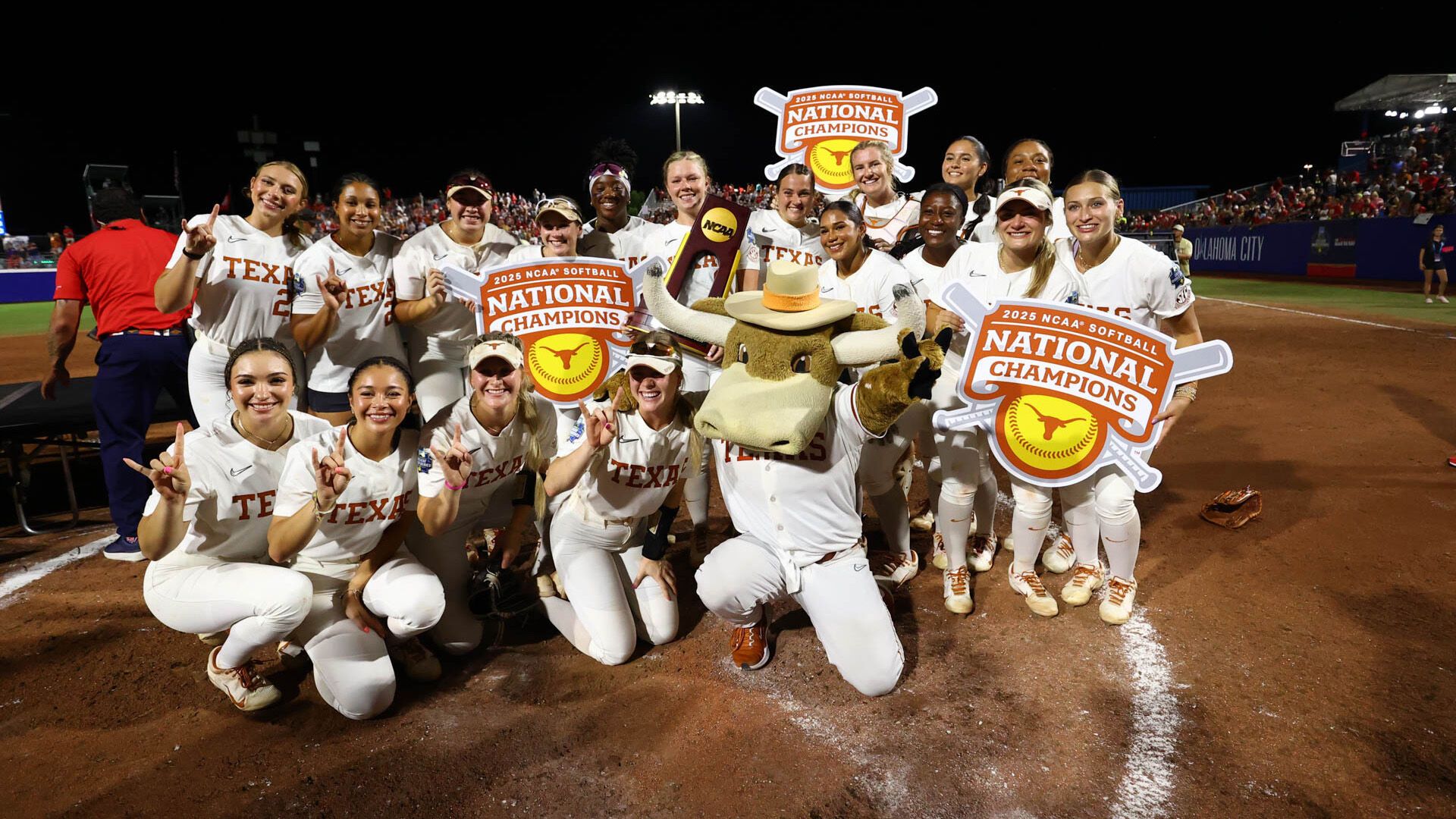


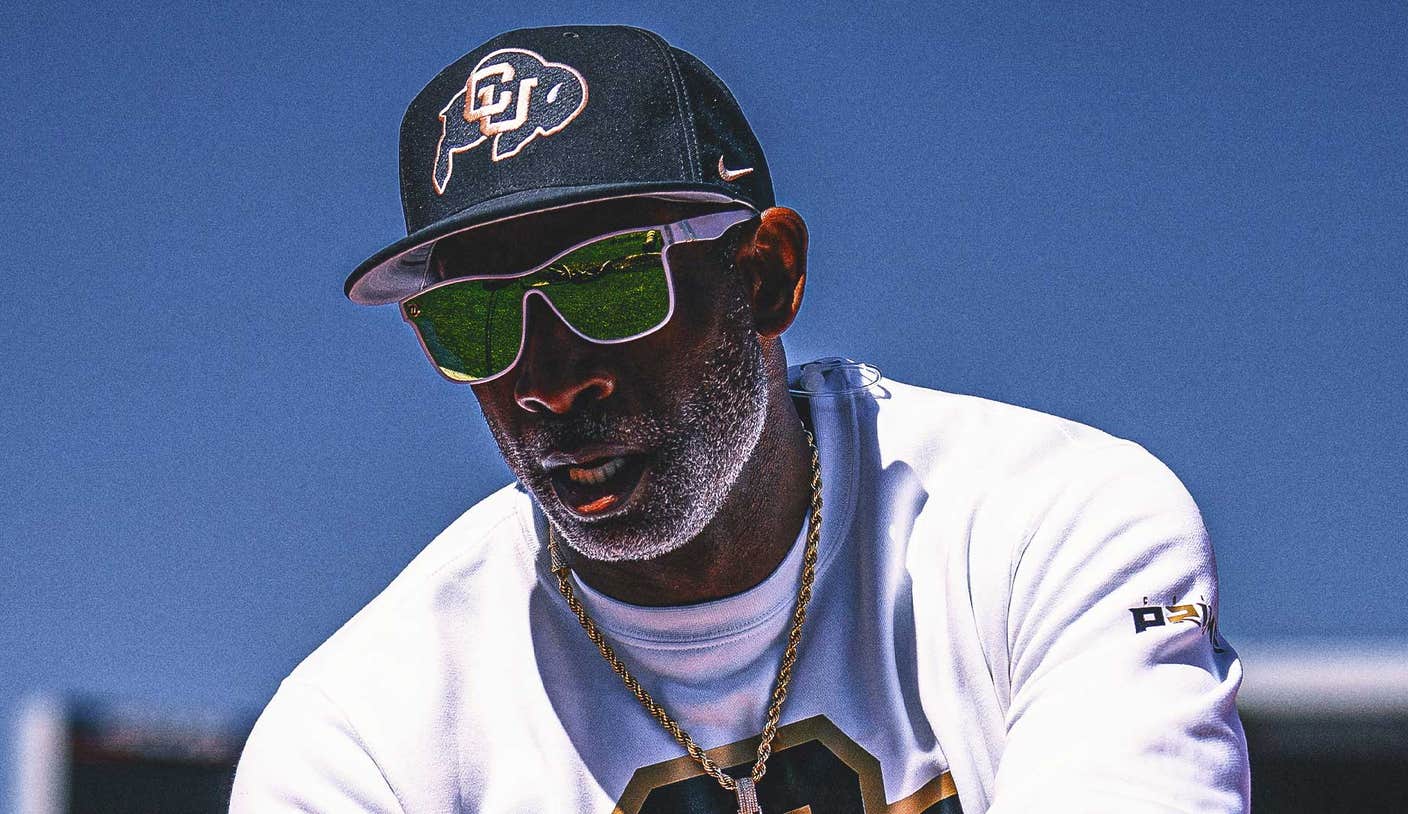
































 (via @nbcsportsauthentic/TT)
(via @nbcsportsauthentic/TT)






















